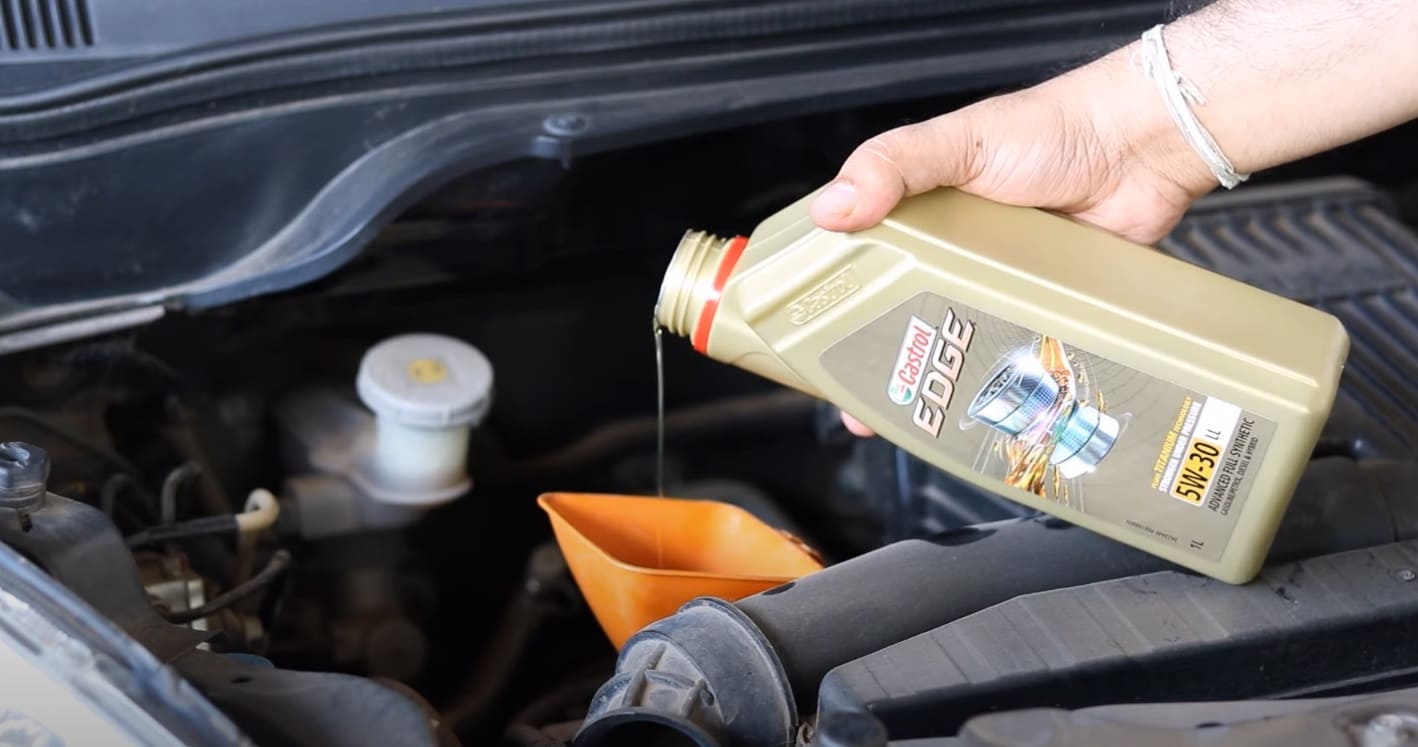When it comes to maintaining your vehicle’s performance, the topic of gear oil weights often ignites a spirited debate among automotive enthusiasts. For many, the question looms: can you mix gear oil weights? It’s not just a matter of convenience; it delves into the nurturing of engine longevity, performance optimization, and the delicate balance of mechanical integrity.
At first glance, it seems innocuous enough to combine two different weights of gear oil. However, the mechanics behind gear oil weights and their compatibility unveil a more complex narrative. Gear oils are classified by their viscosity, a property that affects how the oil flows and performs under various temperatures and conditions. The weight of the oil, often denoted in terms such as 75W-90 or 85W-140, provides insight into the fluid’s viscosity at cold temperatures (the number before the W) and its viscosity when hot (the number after the W). Understanding this classification is imperative when considering any mixing.
Your vehicle’s engine and transmission are designed to operate under specific conditions dictated by the type of oil used. Using the right viscosity not only ensures smoother operations but also safeguards components from excessive wear and tear. Thus, the foundational question arises — is mixing these oils a pragmatic choice, or does it court disaster?
Firstly, it is essential to grasp the distinct properties of the oils involved in any potential mixture. Different brands and weights of gear oil may possess varied additives, including friction modifiers, anti-wear agents, and detergents. These compounds are meticulously formulated to enhance performance characteristics — from minimizing wear on moving parts to maximizing resistance under extreme pressure. When two disparate oil weights are combined, there exists a potential for additive clash, leading to settled compounds or diminished efficacy in protecting your gearbox or differential.
Moreover, a fundamental aspect of lubrication is its temperature response. Oils of different weights behave uniquely under fluctuating temperatures. For instance, a lighter weight oil (such as 75W) will flow more readily at lower temperatures, whereas a heavier oil (like 85W) provides superior cushioning and protection at high operational temperatures. Mixing these two could result in unpredictable performance, especially in extreme conditions where one component could fail to perform adequately.
Another crucial factor to consider is the operational demands of your specific application. Different vehicles and machines require formulations tailored to their unique performance needs. For example, a high-performance sports car might necessitate a more nuanced oil specification compared to a standard pickup truck, which may have more forgiving parameters. In blending gear oils, it is vital to remain mindful of these operational demands to prevent compromising the reliability and efficiency of the transmission.
Despite these realities, there is some scant encouragement for mixing gear oils under specific circumstances — provided individuals adhere to a well-considered approach. For those who find themselves in an urgent situation with limited options, topping off with a different weight may not be catastrophic, but it should be considered a temporary fix, rather than a long-term solution. Understanding the risks is crucial; great care should be taken to return to the recommended product as soon as possible.
But let’s not ignore the alchemical allure of blending oils. The automotive community often revels in the discussions surrounding ‘franken-oils,’ as some enthusiasts claim to have discovered optimal performance through mixing. This fascination underscores a deeper connection to performance machinery and the quest for individuals to carve a unique identity within the automotive arena. The narrative of experimentation captivates the imagination, often prompting countless inquiries into the myriad properties of gear oils and the mysterious world of car maintenance.
To better navigate the conundrum of mixing gear oil weights, it’s prudent to consult the manufacturer’s guidelines. They often provide specifications tailored for the intended application. Furthermore, local automotive specialists or renowned mechanics can offer invaluable insight based on experience and industry knowledge.
In real-world scenarios, diligent observation and examination are key. Keep an eye out for changes in performance — such as difficulties in shifting, unusual noise, or overheating. These indicators may be early warnings of potential difficulties stemming from inappropriate oil mixtures. If you experience any concerns post-mixing, consider conducting an oil change and revert to the recommended gear oil weight.
Ultimately, while the seductive idea of mixing gear oil weights may invite intrigue, it is an endeavor fraught with implications. By respecting the science behind lubrication, appreciating the unique characteristics of each oil, and adhering closely to manufacturer recommendations, one can ensure not just the longevity of their vehicle but also the optimal performance that derived from meticulous care.
As you delve deeper into the art of automotive maintenance, the question of mixing gear oil weights serves as a reminder of the intricate balance within machinery. It invites a broader dialogue about care, performance, and the essence of understanding your vehicle’s needs. Striking that balance is not just an act of preservation; it’s a celebration of the marvels of engineering and the driving spirit that fuels our passion for the road.
